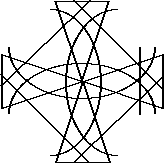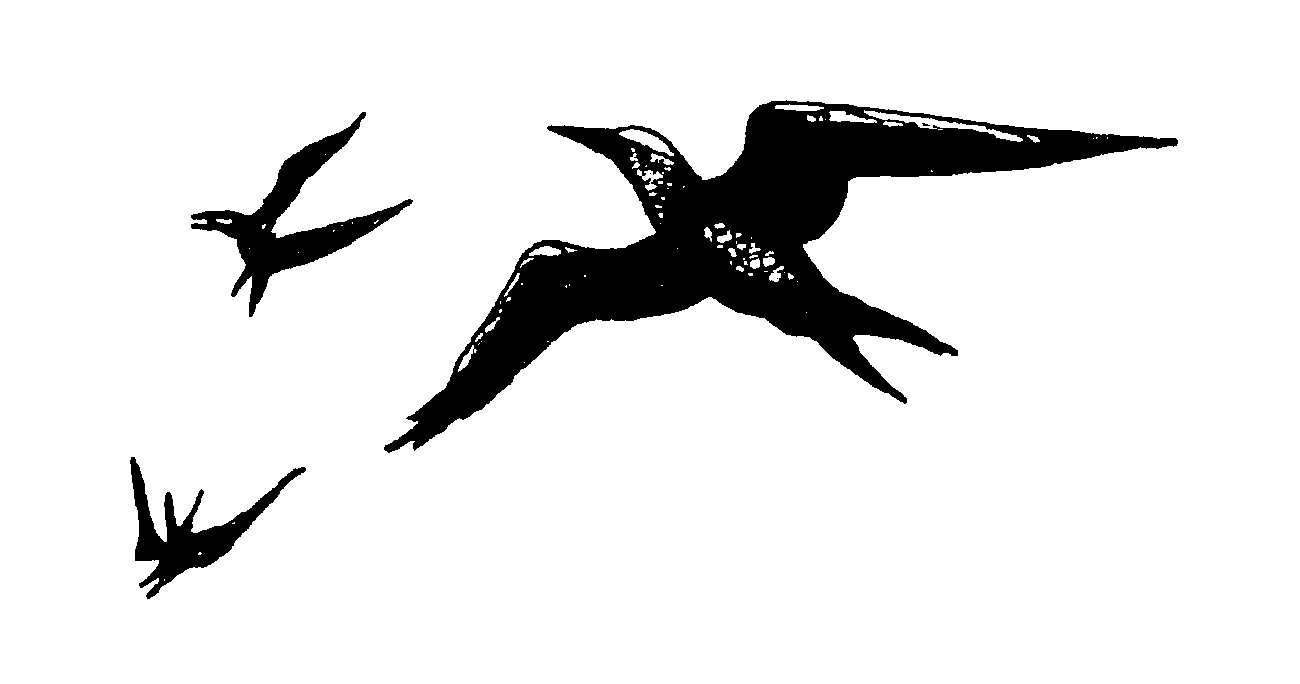

|

|
Culture and History
Marshallese Naming of Birds |
As with many traditional cultures, the Marshallese view of the avifauna can besplit into two categories: those birds either edible or useful, and those birds with are neither. Following from this, the more useful a bird, the more nameswere used to express growth forms, plumage variations and the like. By the sametoken, those birds considered "useless" in the literal meaning of the word haveoften been named by genus and have not been differentiated any further. Thesebirds, such as albatrosses (le), shearwaters (mãntõl) and petrelshad in the eyes of the Marshallese the same general biological properties andthe same culinary and technological uses and were thus not furtherdistinguished. Furthermore, such birds were not very common on the inhabitedislands of the atolls and therefore the human contact with them was not on adaily basis, thus reducing familiarity with the species.
On the other hand, birds which were common on inhabited atolls, such as terns,were differentiated, either according to their growth forms, such as the sootyterns (Sterna fuscata), whose adults are called mmej, while thejuveniles are called Jipilia; by their breeding plumages, such as the GoldenPlover (Pluvialis dominica) which in its normal plumage is calledkwõlej, but in its black breeding plumage lakeke; oraccording their colour phases, such as the reef heron (Egretta sacra).Domesticated birds as the chicken (Gallus gallus) are further distinguished bysex (Kako, male; Lolo, hen) and age (jendik/kãwur, young;jenlap, old).
Traditionally the communications patterns within the Marshall Islands wereconfined within the two chains (Ralik or Ratak Chain) with little inter-chaincommunication. This let to the development of distinct dialects. Hence, therecan also be some dialect variation in the names or even entirely differentnames for a bird, thus producing a variety of names.
The reef heron (Egretta sacra), an abundant bird on all atolls exceptthe urban centres, is a case in point for the complexity of names, where allnomenclatorial aspects are combined. These are better set out as a table:
| Ralik Chain | Ratak Chain | |
| General term | kabaj | kabaj |
| white phase | keke | ana |
| grey phase | melmela | kabaj, kake |
| mottled [black-spotted] phase | kekebuona | |
| white phase, tame bird | gai | kaka |

| select from the following... | ||||||
|
|
||||||
|
Digital Micronesia-An
Electronic
Library & Archive
is provided free of charge
as an advertising-free
information service
for the world community. It is being maintained by Dirk
HR Spennemann, Associate
Professor in Cultural
Heritage Management,Institute of Land, Water and Society and
School
of Environmental & Information Sciences, Charles
Sturt University,
Albury, Australia. The server
space and technical support are provided by Charles
Sturt University as part of its commitment
to regional engagement. Environmental
SciencesInformation
Sciences
|
||||||